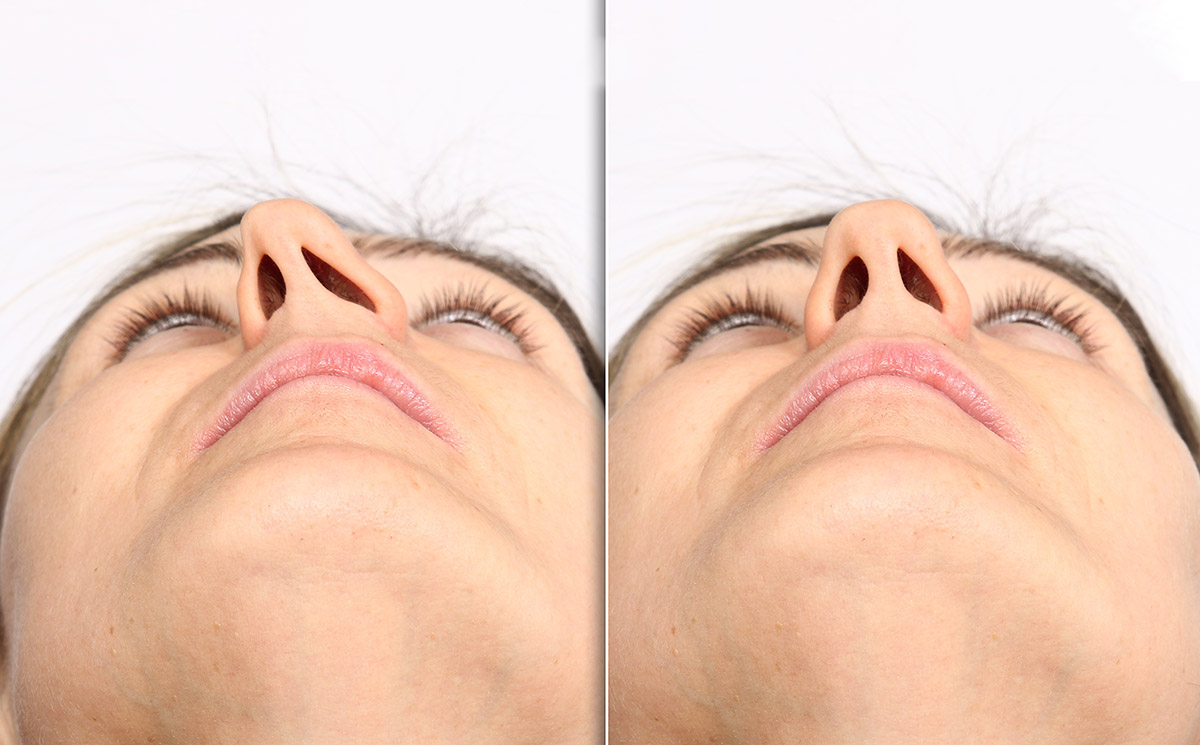What is Pregnancy Rhinitis?
Pregnancy rhinitis is a condition of nasal symptoms during pregnancy. The mucus linings inside the nose get inflamed due to hormonal changes as the pregnant body’s immune system adjusts to how it reacts to foreign bodies. Here are the characteristics of pregnancy rhinitis:
- Not present before pregnancy
- Occurs during the second or third trimester
- Has a duration of six weeks or Greater
- Has no signs of allergy or infection in the upper airways
- The symptoms disappear after two weeks after delivery
Continuing below, we answer the common questions of pregnant people as they experience a stuffy nose:
Is Pregnancy Rhinitis Dangerous for My Unborn Baby?
No, pregnancy rhinitis does not affect the developing fetus. But its symptoms, such as congestion, can make it difficult for the pregnant person to sleep. See our Treatment section on addressing symptoms that can affect daily Living.
What Causes Pregnancy Rhinitis?
It is presupposed that placental growth hormone, estrogen, and progesterone cause nasal mucosa hypertrophy and inflammation.
Risk factors for developing pregnancy rhinitis are smoking and having higher immunoglobulin levels to house dust mites.
When Does Pregnancy Rhinitis Start?
Pregnancy rhinitis commonly happens in the second or third trimesters (week 13 to the end of the pregnancy).
How Long Does Pregnancy Rhinitis Last?
Pregnancy rhinitis can last for six or more weeks. The symptoms can appear and lessen throughout that duration. It will then clear out within two weeks after delivery.
Common Symptoms During Pregnancy: Pregnancy Rhinitis vs. Allergic Rhinitis vs. Common Cold
Pregnancy rhinitis shares symptoms with allergic rhinitis and the common cold, such as:
- Congestion as the primary symptom
- Runny nose
- Sneezing
- Phlegm in the throat
- Cough
- Difficulty breathing
- Snoring from difficulty breathing during sleep
- Pressure in the ears
- Altered sense of smell due to congestion
Pregnancy rhinitis doesn’t have the following symptoms that allergic rhinitis has:
- Itchy mouth, eyes, or skin
Pregnancy rhinitis doesn’t have signs of virus infection, which common colds have:
- Yellow or green mucus
- Low-grade fever
- Mild body or headaches
- The feeling of being unwell
Safe and Effective Treatment Options
Careful consideration is vital for the safety of both the parent and the unborn baby. Since pregnancy rhinitis will go away on its own, the goal is to manage the symptoms of congestion and difficulty sleeping for the pregnant person’s comfort.
Gentle exercise
As the body goes through hormonal changes, fluids increase and cause swelling, including in the nasal passages. Low-impact regular exercise (like walking) can encourage the drainage of fluids and regulate sleep.
Positioning
Elevating your sleeping mattress to a 45-degree promotes congestion relief. It decreases fluids pooling in the nose that disturbs sleep.
Steaming
Breathing in steam can promote the loosening of mucus in the throat. It is commonly done by sitting in front of a bowl of steaming hot water and bending over it with a towel draped over the head. But it can also be done by closing the shower area and turning on the hot shower for those who have difficulty bending over while sitting.
Saline Nasal Lavage
Nasal irrigation or lavage involves emptying the clog into a nostril with saline solution from a neti pot, bulb syringe, or squeezable rinse bottle. The saline solution can be premade or made from salt and sterile water (water boiled for a minute and allowed to cool).
Nasal Valve Dilators
Over-the-counter nasal valve dilators open the nasal passageways so that people with poor nasal breathing can improve airflow and sleep with less snoring. They are called internal nasal dilators because they are inserted inside the nose to open the nostrils. Choose nasal dilators made of medical-grade silicon as they are easy to clean and anti-bacterial.
Drug Use and Precautions for Pregnancy Rhinitis
If conservative treatment doesn’t work, your doctor may consider drug treatment. Medication is used depending on the severity of the pregnant person’s symptoms. Always check with your doctor or pharmacist before taking any medicine while pregnant.
Puget Sound Sinus Center: Your Partner in Pregnancy Rhinitis Care
Pregnancy rhinitis congests your nose and causes difficulty in sleeping. The symptoms can be managed with conservative treatment to make you comfortable. If you have symptoms of allergic rhinitis or a common cold, please do not hesitate to schedule an appointment with your doctor. Here at Puget Sound Sinus Center, we ensure holistic and patient-centered care for better Health.
